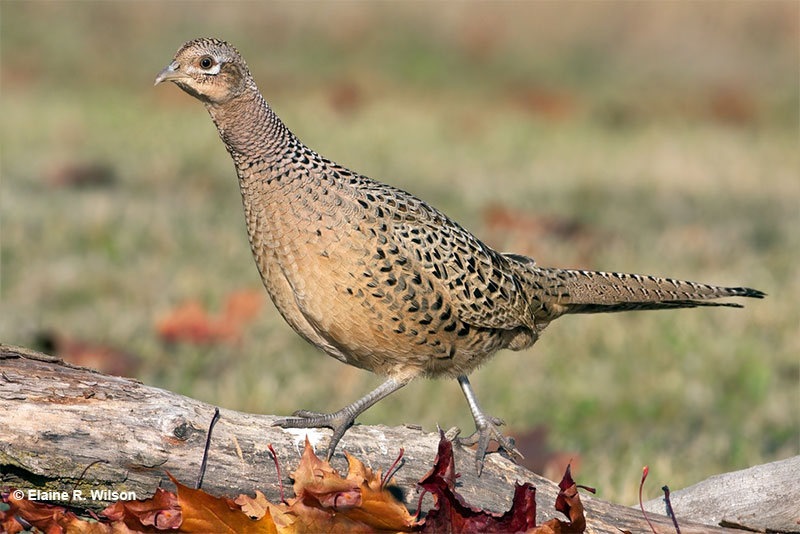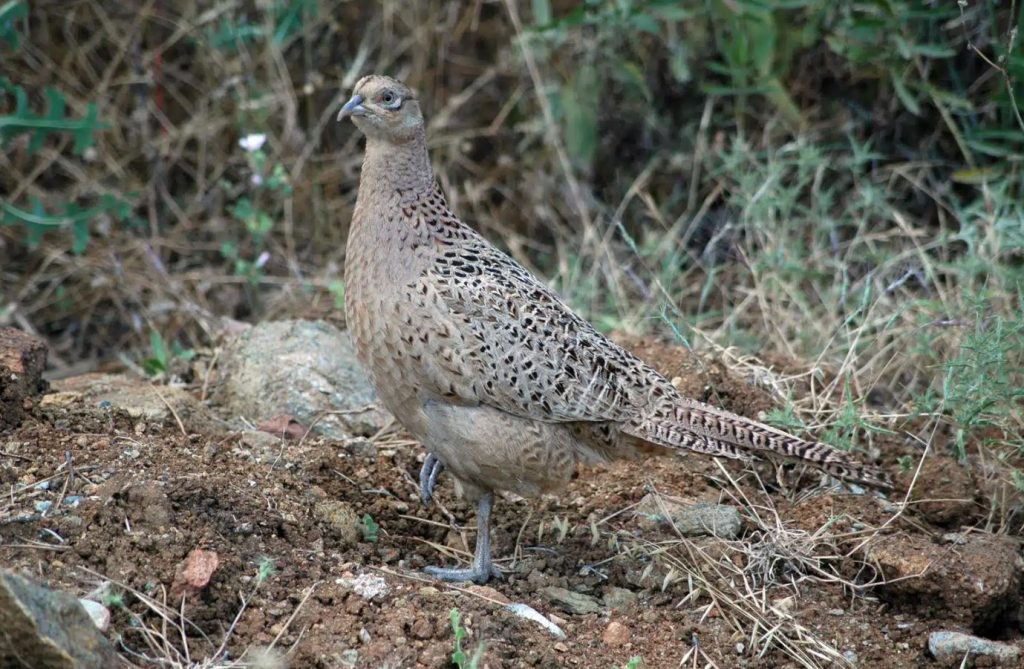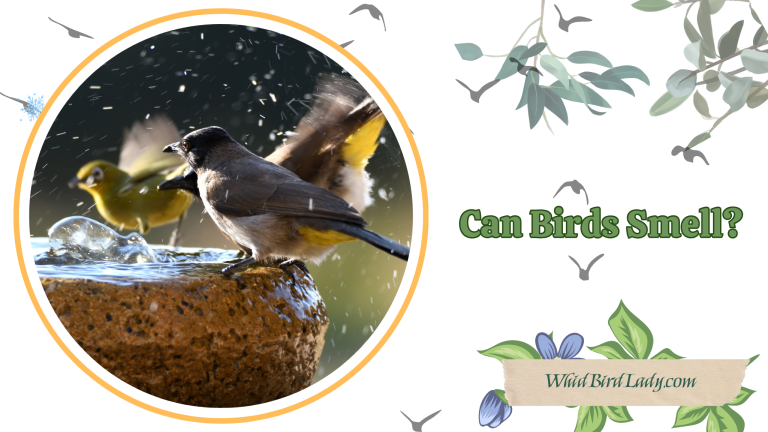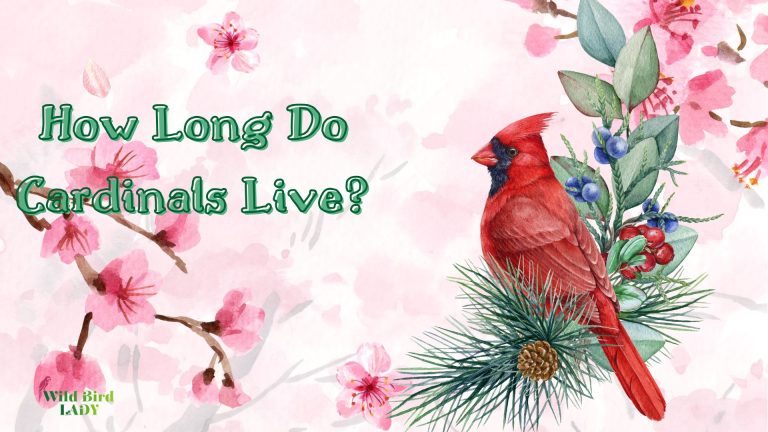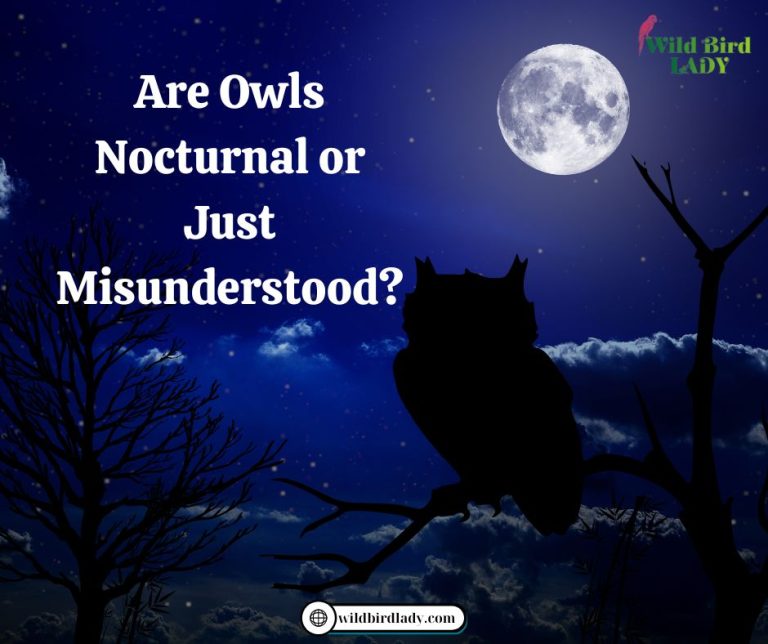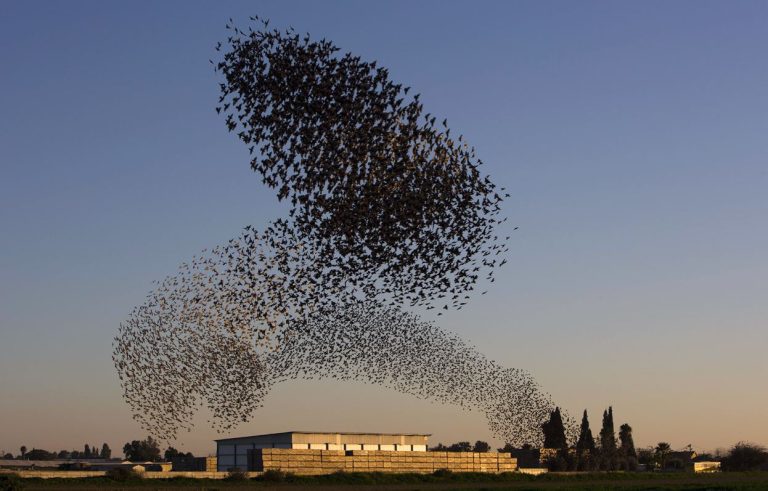Female Pheasant: Appearance, Behavior, Role in the Wild, and How to Identify Her
Female pheasants, often overlooked due to their more muted appearance compared to the flamboyant males, play a critical role in the survival and success of the species. These elegant and resilient birds are masters of camouflage, attentive mothers, and essential contributors to the ecology of grasslands, farmlands, and wetlands across much of the world.
In this comprehensive guide, I’ll walk you through everything you need to know about female pheasants—from what they look like, how they behave, where they live, what they eat, and how they raise their young. As someone with over 13 years of birdwatching experience, I’ve spent countless early mornings observing these birds in the field, and what I’ve learned may just surprise you.
What Is a Female Pheasant?
A female pheasant is the hen or adult female bird of the pheasant species, particularly the ring-necked pheasant (Phasianus colchicus), which is the most widespread and well-known pheasant in North America and Europe. While males (cocks) are famed for their iridescent feathers and long tails, females are more subtly beautiful—cloaked in brown and beige plumage that provides excellent camouflage in the wild.
Pheasants belong to the family Phasianidae, which includes other ground-dwelling birds like quail, partridges, and peafowl.
Physical Characteristics
Female pheasants may lack the vibrant coloring of their male counterparts, but they are marvels of evolutionary design. Their plumage is ideally suited for hiding in grasses, bushes, and farmland—a necessity for protecting themselves and their young.
Key physical features of the female pheasant:
- Coloration: Mottled shades of brown, tan, cream, and gray
- Size: Around 20–25 inches in length; shorter and more compact than males
- Weight: 1.5 to 2 pounds on average
- Tail: Shorter and less showy than the male’s, but still relatively long and barred
- Head: No wattles or iridescent coloring; understated and soft in appearance
Their feather pattern helps them blend in seamlessly with their surroundings—a critical defense mechanism against predators.
📝 According to the Cornell Lab of Ornithology’s All About Birds, female pheasants rely heavily on cryptic coloring to avoid predation during nesting season, when they are especially vulnerable.
Behavior and Role in the Wild
Female pheasants are ground dwellers that spend most of their time foraging, nesting, and rearing their chicks. Unlike males, who often engage in aggressive territorial displays, females are more reserved and solitary, especially outside the breeding season.
Behavioral traits of female pheasants:
- Shy and secretive—they often remain hidden in tall grass
- Highly attentive mothers, raising chicks alone without help from the male
- Ground foragers, scratching for seeds, insects, and shoots
- Flight only as a last resort—they prefer to run or crouch when threatened
Their primary roles are nesting, protecting eggs, and teaching chicks survival behaviors in the weeks after hatching.
How to Identify a Female Pheasant
Spotting a female pheasant in the wild can be quite a challenge—even for experienced birdwatchers—due to her incredible natural camouflage. Unlike the vibrant males with iridescent feathers and long tails, the female is purposefully understated, designed by evolution to blend seamlessly into her environment.
Here are key traits and field tips to help you correctly identify a female pheasant:
1. Size and Shape
Female pheasants are medium-sized ground birds, generally slimmer and smaller than males. They measure about 20 to 25 inches long, including the tail, with a body that appears streamlined and low to the ground when walking or foraging. Their heads are proportionately small with a subtle curve to the beak.
2. Plumage and Coloration
The most reliable clue is her earth-toned coloring—a complex mix of browns, tans, buffs, and grays. Her feathers often have speckled, scalloped, or barred patterns, providing exceptional camouflage against grasses and leaf litter. Unlike males, she lacks the white neck ring, green head, and red facial wattles.
3. Behavior and Movement
Watch for a low-profile bird moving quietly through tall grass, brushy hedgerows, or field edges. Female pheasants prefer to run or crouch rather than fly, especially when alarmed. If flushed, they typically take off in a sudden, explosive burst with strong, fast wingbeats followed by a short glide.
4. Seasonal Clues
During late spring and summer, you may spot her accompanied by a brood of chicks. She moves cautiously, often pausing to check for danger before signaling her young to follow.
5. Best Time and Place to Observe
Female pheasants are most visible at dawn or dusk, particularly near agricultural lands, grassy ditches, or conservation fields. Regions like the Midwestern U.S., parts of the United Kingdom, and Eastern Europe—where ring-necked pheasants are either native or introduced—offer the best chances for sightings.
Where Do Female Pheasants Live?
The habitat of the female pheasant varies slightly by region, but they generally prefer:
- Grasslands
- Farmlands
- Field edges
- Brushy areas near water
- Woodland margins
In North America, ring-necked pheasants were introduced from Asia in the 19th century and have since thrived, especially in the Midwest, Plains, and Pacific Northwest.
📍 According to the U.S. Fish and Wildlife Service, pheasants favor agricultural landscapes interspersed with tall grass and wetland areas, which provide both cover and food sources.
What Do Female Pheasants Eat?
Female pheasants are omnivorous. Their diet includes:
- Seeds and grains: Corn, wheat, barley, sorghum
- Insects: Grasshoppers, ants, beetles, caterpillars (especially in spring and summer)
- Green plant material: Leaves, shoots, buds, clover
- Berries and fruits: When available in hedgerows or wild patches
During the nesting season, they consume more protein-rich insects to support egg production and chick growth.
In winter, when insects are scarce, they rely heavily on leftover grain in crop fields and wild seeds.
Nesting and Parenting
One of the most admirable traits of female pheasants is their role as sole caregivers.
Nesting:
- Location: On the ground, usually hidden in tall grass or under brush
- Structure: A shallow scrape lined with grass and feathers
- Eggs laid: 8–15 eggs per clutch, pale olive or buff in color
- Incubation: 23–28 days, entirely done by the female
After hatching:
- Chicks are precocial, meaning they are born with eyes open and covered in down
- They leave the nest within 24 hours of hatching
- The female teaches them to forage but does not feed them directly
- She protects them from predators until they are able to fly (10–12 days old)
This solo parenting responsibility is both exhausting and dangerous. Many hens sacrifice their own safety to shield their chicks.
Mating Behavior and Male-Female Dynamics
During the spring breeding season, male pheasants display brilliant plumage and make loud, harsh calls to attract mates. The female chooses a mate based on territorial strength and display behavior, not physical contact or bonding.
- Pheasants are polygynous—one male may mate with several females.
- Males do not help raise the young.
- After mating, the female immediately separates from the male to build a nest.
This reproductive strategy focuses all the chick-raising effort on the female, while the male continues to compete for additional mates.
Predators and Defense Tactics
Because female pheasants nest on the ground and raise young alone, they are highly vulnerable to predators, including:
- Foxes
- Coyotes
- Skunks
- Hawks and owls
- Domestic cats and dogs
- Agricultural machinery (during hay or grain harvest)
Defense mechanisms:
- Camouflage: Their plumage blends into dry grass and dirt.
- Crouch and freeze: When threatened, they often stay perfectly still.
- Distraction displays: Some hens will feign injury to lure predators away from the nest.
- Burst flight: When cornered, they erupt in a sudden, noisy flight to escape.
Conservation Status and Human Impact
While pheasants are not currently endangered, their populations are declining in some regions due to:
- Habitat loss
- Pesticide use
- Agricultural intensification
- Overhunting in some unmanaged areas
Conservation efforts include:
- CRP (Conservation Reserve Program): Encourages farmers to plant native grass and cover crops
- Regulated hunting seasons
- Habitat restoration by NGOs and state wildlife agencies
✅ The National Pheasant Plan, developed by the Association of Fish & Wildlife Agencies, recommends landscape-scale conservation efforts to ensure sustainable pheasant populations.
FAQs About Female Pheasants
Q1: Are female pheasants completely brown?
Not entirely—while their dominant coloring is brown, females often have intricate patterns with hints of cream, gray, and black.
Q2: Do female pheasants make noise?
Yes, they emit soft clucks, purrs, and alarm calls, though they are much quieter than males.
Q3: How long do female pheasants live?
In the wild, 1–3 years is typical due to predation. In captivity or protected environments, they may live 6–10 years.
Q4: Do female pheasants fly?
Yes, they can fly short distances, especially when escaping danger. However, they prefer to run or hide.
Q5: Can female pheasants be kept as pets?
While legal in some areas, pheasants are wild birds and require specific habitat and diet conditions. They are better suited to managed aviaries or conservation programs.
Final Thoughts
Female pheasants may not capture the spotlight like their vividly colored male counterparts, but their role in the wild is indispensable. They are the caretakers, the survivors, and the quiet champions of the pheasant world. If you’re lucky enough to spot one in the wild, take a moment to admire her subtle beauty and remarkable strength.
By understanding, protecting, and appreciating female pheasants, we also protect the ecosystems they inhabit and the future of their species.
If you found this article helpful, feel free to explore more content on our wildbirdlady.com.

